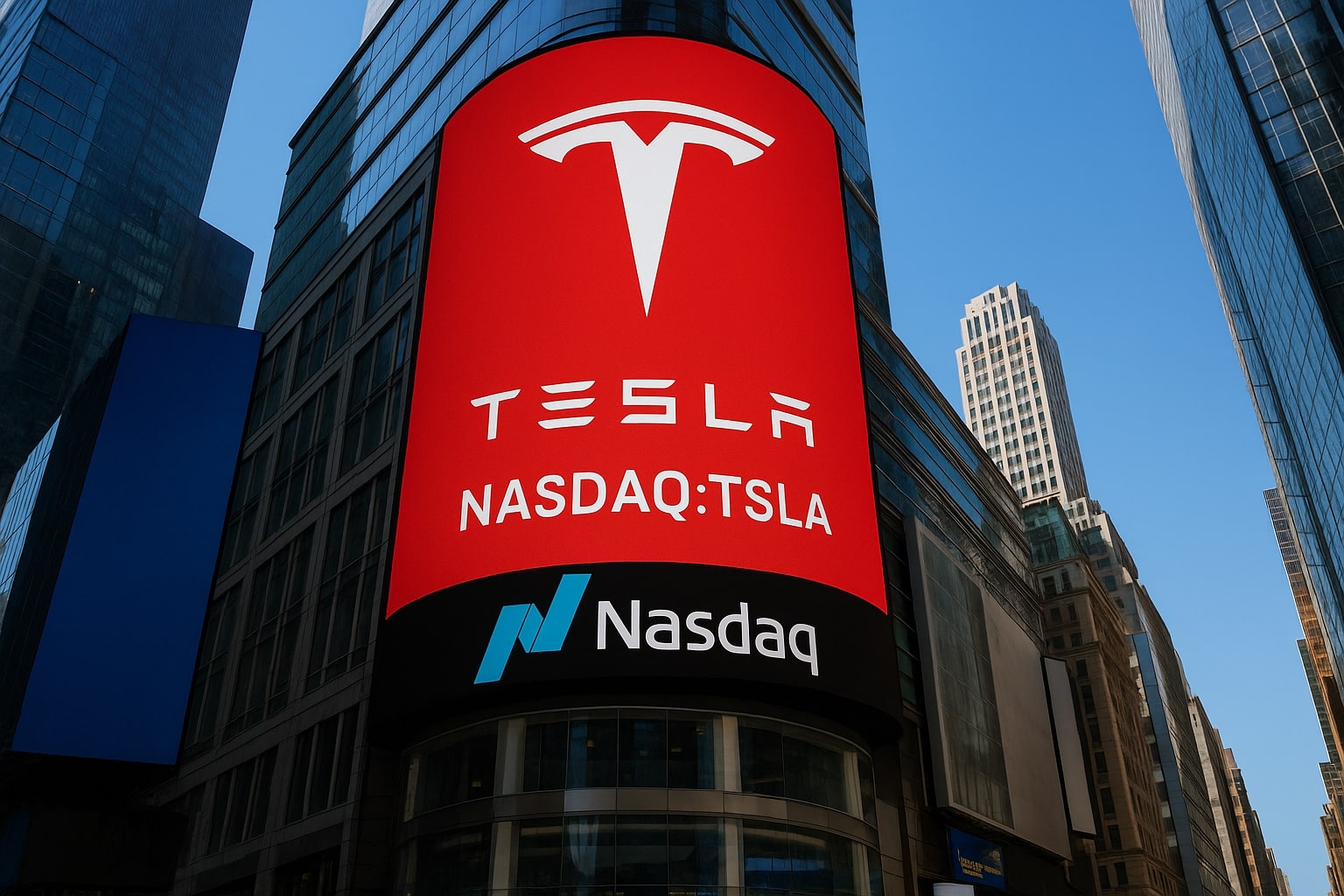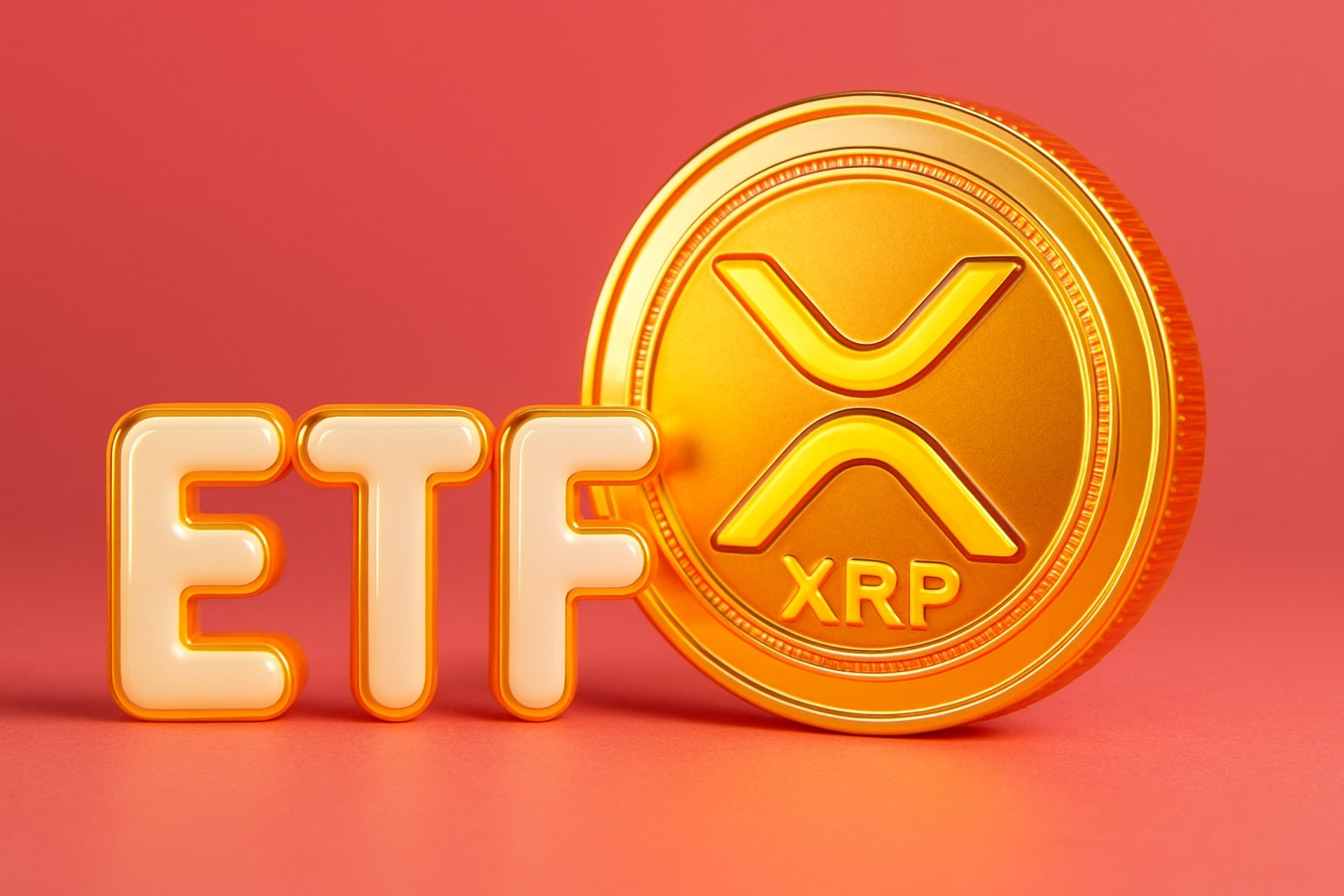
Tesla Stock Price Forecast: NASDAQ:TSLA Trades at $330 With Sales Weakness and AI Hype
Tesla faces global sales drops and thinner auto margins, while energy and robotaxi keep investors betting on long-term growth | That's TradingNEWS
NASDAQ:TSLA Stock Price Under Pressure as Deliveries and Margins Slide
Tesla (NASDAQ:TSLA) trades at $330.07, down 1.14% on heavy volume of nearly 40 million shares compared with a three-month average of 98.5 million. The company holds a market capitalization of $1.065 trillion, but its fundamentals show a business in transition. Revenue over the trailing twelve months stands at $92.72 billion, down 11.8% year over year, with net income falling to $5.9 billion, translating into diluted EPS of $1.67. Operating margin sits at just 4.1%, a steep drop from peak years when Tesla commanded double-digit profitability. The trailing P/E ratio is an extraordinary 197.63, with forward multiples still elevated above 170x, far higher than peers such as Ford or General Motors.
Tesla’s Global Sales Weakness: Europe and India Struggle
August sales data highlights severe pressure in Europe. Registrations in France fell 47.2% year-over-year to 1,331 units, in Sweden they plunged 84%, and Denmark saw a 42% contraction. Only Norway provided a positive note, with deliveries up nearly 22%. In India, where Tesla launched in July, only 600 vehicles were ordered, with a 2025 full-year target of 350 to 650 cars, far below the 2,500 quota. Prices above $68,000 per vehicle have priced Tesla out of the mass market, limiting penetration. In China, sales slipped 4% in August and 8.4% in July, underscoring fierce competition from BYD, XPeng, Li Auto, Nio, and Xiaomi. While Tesla introduced the new Model Y L at 339,000 yuan ($47,184), its market share in China has narrowed to 3.8%, and in Europe just 1%, showing how rivals have captured Tesla’s early advantage.
Mixed Regional Trends: Weakness in the West, Strength in Turkey
While Europe and India disappoint, Tesla found surprising strength in Turkey. In August, sales soared to 8,730 units, up 86% from July, making Tesla the second-best selling brand in the country, surpassing Volkswagen, Toyota, and Hyundai. Tesla controlled 50% of Turkey’s EV sales, benefiting from favorable tax brackets and a local market using Teslas as a hedge against lira weakness. Year-to-date Turkish deliveries have quadrupled to 26,000 units, contrasting the sharp declines elsewhere. This uneven regional mix highlights how Tesla’s global footprint is vulnerable to tariffs, local policy, and economic context.
Financial Performance and Valuation Pressures
Tesla’s financials paint a picture of slowing growth and thinner profitability. Gross profit reached $16.2 billion, but quarterly earnings fell 16.3% year over year. Free cash flow for the trailing twelve months is just $1.34 billion, a fraction of prior years, even as cash reserves stand at $36.8 billion against $13.1 billion in debt. Tesla’s enterprise value-to-EBITDA multiple is an extreme 77.8, far above industrial norms. Analysts expect Q3 2025 revenue of $24.98 billion, down 0.8% year on year, and Q4 revenue of $25.52 billion, also down 0.8%. For full-year 2025, sales are projected at $92.77 billion, shrinking 5% before recovering to $111.06 billion in 2026. EPS estimates for 2025 average $1.69, rising to $2.40 in 2026, but still weak compared to Tesla’s massive valuation.
AI, Robotaxi, and Energy Hype vs. Automotive Decline
Investors remain captivated by Elon Musk’s narrative of Tesla as more than a car company. Robotaxi trials launched in Austin, Texas, with AI-powered fleets offering rides at $1.25 per mile, 30% cheaper than Waymo’s fifth-generation vehicles. Tesla also projects humanoid robots and AI as future revenue drivers, with scenarios placing long-term fair value at $962 to $1,670 per share if these businesses succeed. Meanwhile, the Energy Generation and Storage division now represents 13% of revenue with gross margins above 29%, outperforming the automotive side. Yet the core auto business, still 70% of sales, is shrinking. Deliveries peaked at 1.8 million in 2023 and are sliding, forcing price cuts that crushed operating margins to the lowest level in three years. Without near-term profitability in autonomy or AI, the stock remains priced on hope.
Insider and Institutional Positioning
Insiders hold 12.87% of Tesla shares, while institutions control 50.96%, a split that reflects strong but cautious backing. Short interest is modest at 2.73% of float, equating to 76.7 million shares. Recent insider transactions show mixed behavior, with executives monetizing portions of holdings amid the 56% 12-month rally, even as retail enthusiasm remains high. Analysts are deeply divided: Wedbush sets a bullish target of $500, while Bernstein warns of a collapse toward $120. The average Wall Street target stands at $306.32, below current levels, suggesting overvaluation in the near term.
Technical Structure and Market Outlook
From a technical perspective, Tesla stock has rebounded strongly since its April low of $216, holding above the 50-day moving average at $323.79 and the 200-day at $330.04. Yet resistance persists near $340–$345, with repeated failures to break higher. A breakdown below the ascending trendline would expose support at $300, while further selling could target the 52-week low at $209.64. With a beta of 2.33, Tesla trades with amplified volatility, making it highly sensitive to broader market weakness. September seasonality compounds risk, as the stock has averaged just 0.2% monthly gains over 15 years, making it the second weakest month historically.
Final Take on NASDAQ:TSLA
At $330 per share, Tesla sits at the intersection of declining automotive fundamentals and speculative bets on AI, robotaxis, and energy growth. Valuation multiples near 200x earnings are not supported by shrinking revenue, sliding margins, and global sales challenges, even with Turkey providing pockets of strength. The balance sheet remains robust, but the earnings profile does not justify the trillion-dollar market cap. Without near-term proof that autonomy and AI can deliver significant revenue, Tesla (NASDAQ:TSLA) is best viewed as overvalued at current levels, and the data supports a Hold stance rather than aggressive buying.
That's TradingNEWS
Read More
-
PPA ETF at $154: Can This Defense ETF Keep Beating ITA and SPY?
14.12.2025 · TradingNEWS ArchiveStocks
-
XRP ETFs XRPI and XRPR Pull In $975M While XRP-USD Fights To Hold $2
14.12.2025 · TradingNEWS ArchiveCrypto
-
Natural Gas Price Forecast: NG=F Hits $4.11 As Warm Winter Outlook Puts $3.913 Support At Risk
14.12.2025 · TradingNEWS ArchiveCommodities
-
USD/JPY Price Forecast - Dollar to Yen Can BoJ’s 0.75% Shock Break The 155–158 Range?
14.12.2025 · TradingNEWS ArchiveForex


















